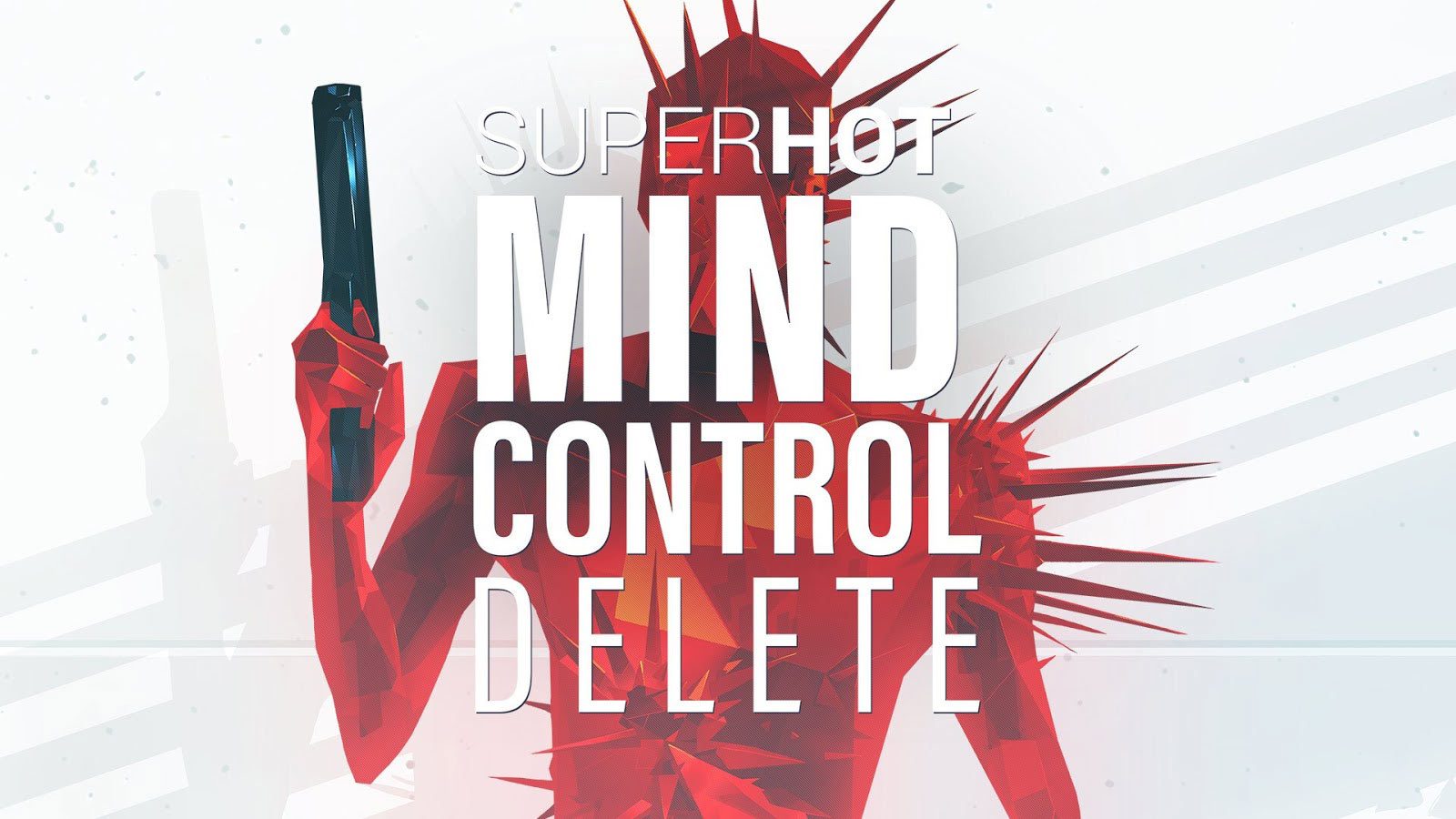
Wait, Superhot is a roguelike now?
Superhot: Mind Control Delete is a standalone game. It takes the gunplay and the attractive premise of the original – time only moves when you move – and meshes it with roguelike elements. We’re talking procedural generation and permadeath.
The result of this unorthodox but otherwise theoretically interesting combination is a game that is often at odds with itself. It ends up simultaneously being both a great shooter and a horrible roguelike.
‘MORE AND MORE’
Boasting the trademark Superhot distinctive visual language and high-octane combat, Mind Control Delete is at first glance no different from its predecessors. Players are tasked with the singular mission of defeating a set number of enemies with melee weapons, throwing punches, or objects found in the environment like knives or bottles. You also shoot guns: shotguns, assault rifles, and the like.
Mind Control Delete, then, retains much of that combat puzzler DNA fans of the franchise love. It is as thrilling as ever to dodge speedy bullets when time is stopped almost to a halt and then meticulously dispatch everyone in your way.
In with the new
The major departure from the by-now established formula lies in how the game is structured and how it plays out. Mind Control Delete leaves scripted gameplay scenarios behind in favor of procedurally-generated levels.
Now, in theory, the idea of a puzzle game that mixes and remixes the challenges it throws at the player is attractive, and Superhot has exactly the kind of addictive gunplay to make this work. Sadly, however, the main problem with Mind Control Delete is that the gameplay loop is simply not interesting enough. Nor does it change significantly enough to make the about 10 hours-long campaign worth seeing all the way through. In fact, most (if not all) of the elements introduced to spice up the combat – dubbed ‘hacks’ – are hampered by the roguelike nature of the game.
That is because players never get full control of the hacks. Instead, you must choose between two randomly assigned ones as you make your way through a gauntlet of stages. Perhaps this would not have been a problem at all were the choices interesting and if there was room for strategy and experimentation. As it stands, despite the fact that some hacks are more mechanically interesting than others, there is not much reason to not go after the ones that either restore health or increase it altogether.
This ultimately makes it so that it is more important to be efficient than to tinker around. And whereas there is fun to be had in clearing encounters as efficiently as possible, this does not last long when every gauntlet presents mostly the same challenges. As such, the fact of the matter is that the gameplay becomes extremely repetitive.
Glitch in the Matrix
Making matters worse is the fact that Mind Control Delete does not break up its combat with anything substantial. There is no plot, per se, but the game does try to make a point about (game) addiction and excess. In fact, the only thing worth noting here is that the ending is astonishingly misguided for, in artistically recreating a ‘reboot sequence,’ it essentially forces the player to wait 8 real-time hours in order to be able to go through the game again.
It also bears noting that, at least on the PS4 Pro, Mind Control Delete is prone to technical hitches. The game once crashed completely, requiring a restart. Add to that it drops the occasional frame or two, and enemies sometimes completely disregard their physics systems.
The most egregious bug, which needlessly added hours to the final playtime and is so bizarre that it was initially mistook as a feature of the game, has some (but not all) enemies turn invisible. The weirdest part is that the invisible enemies are still fully interactive. You can still defeat them (and they can defeat you). Strangest of all, they are visible in replays.
The glitch carries through from one combat encounter to another. However, it did not occur again after a restart. Results may vary from player to player and from one platform to another. Still, this is especially noteworthy as Mind Control Delete spent several years in Early Access.
Conclusion
Despite the initial thrills of returning to the world of Superhot, Mind Control Delete eventually becomes more frustrating than fun. The roguelike elements and bizarre technical hitches hamper an otherwise great and still-fresh shooter.